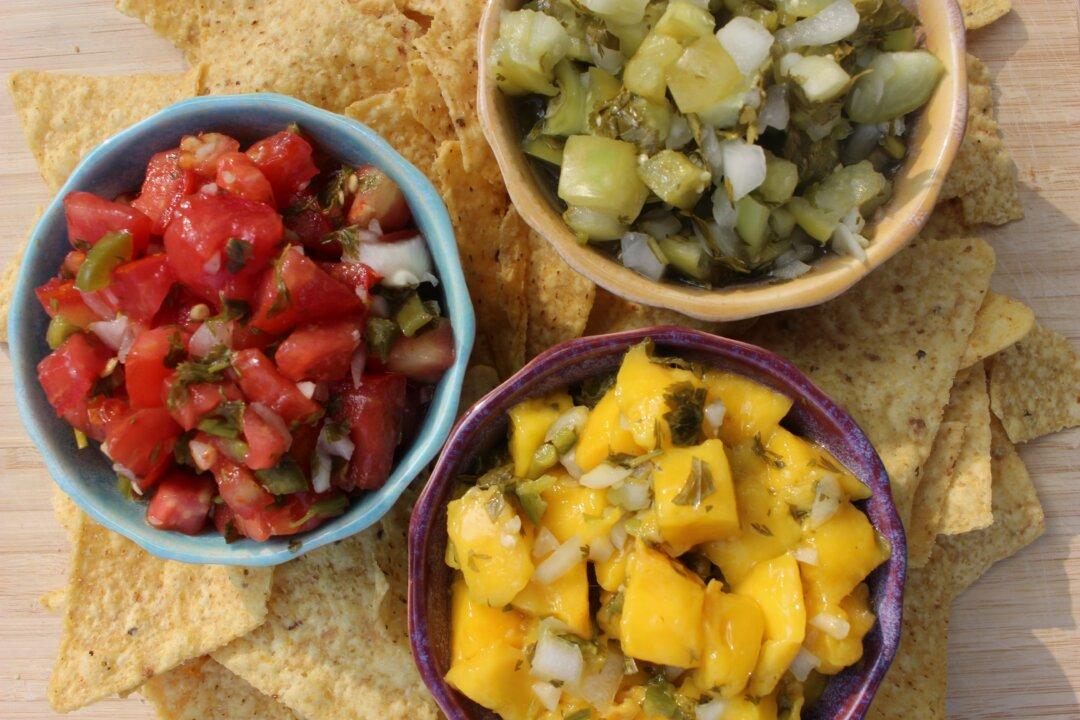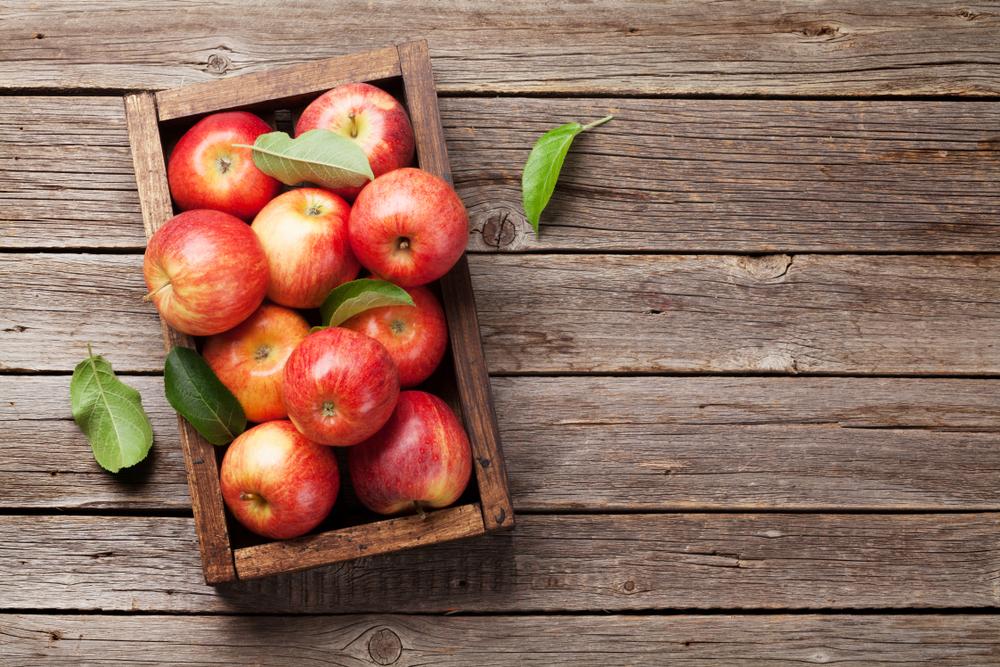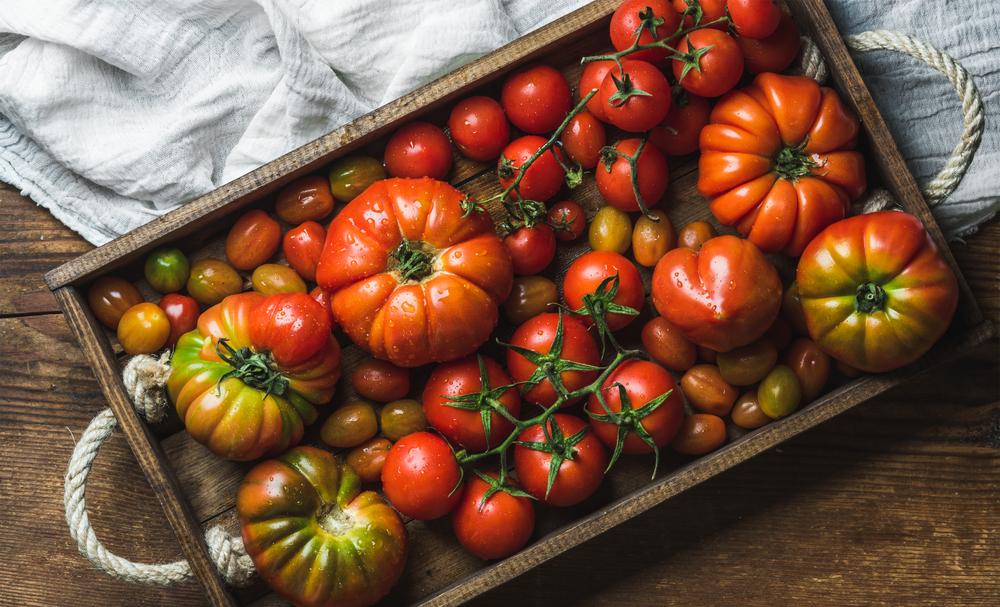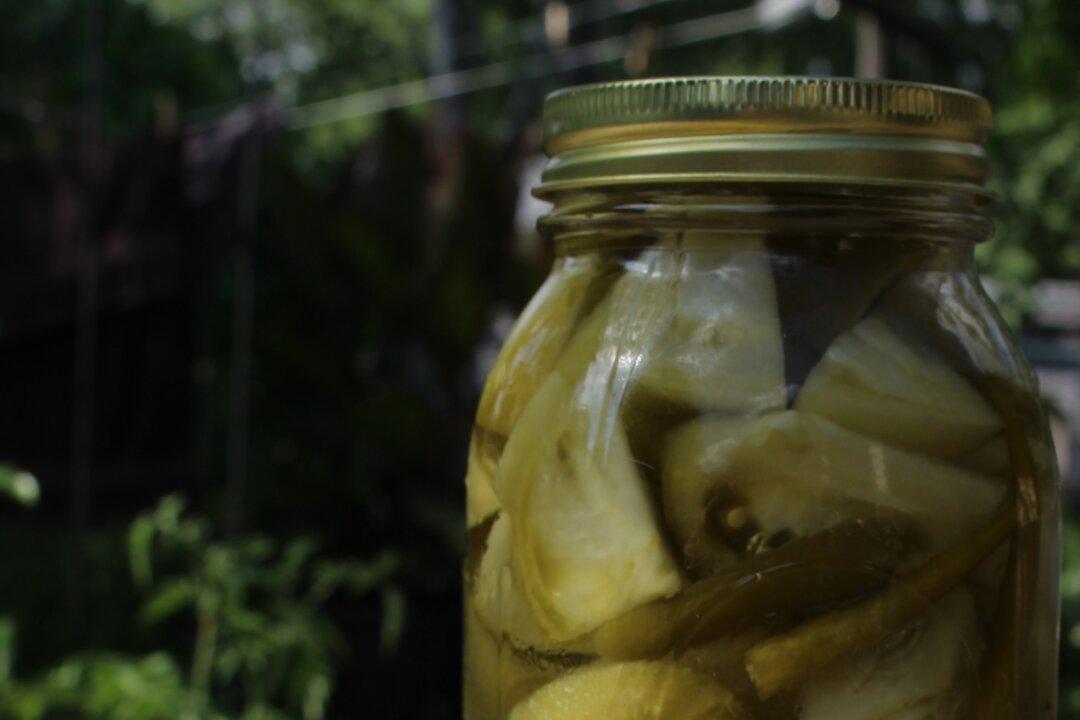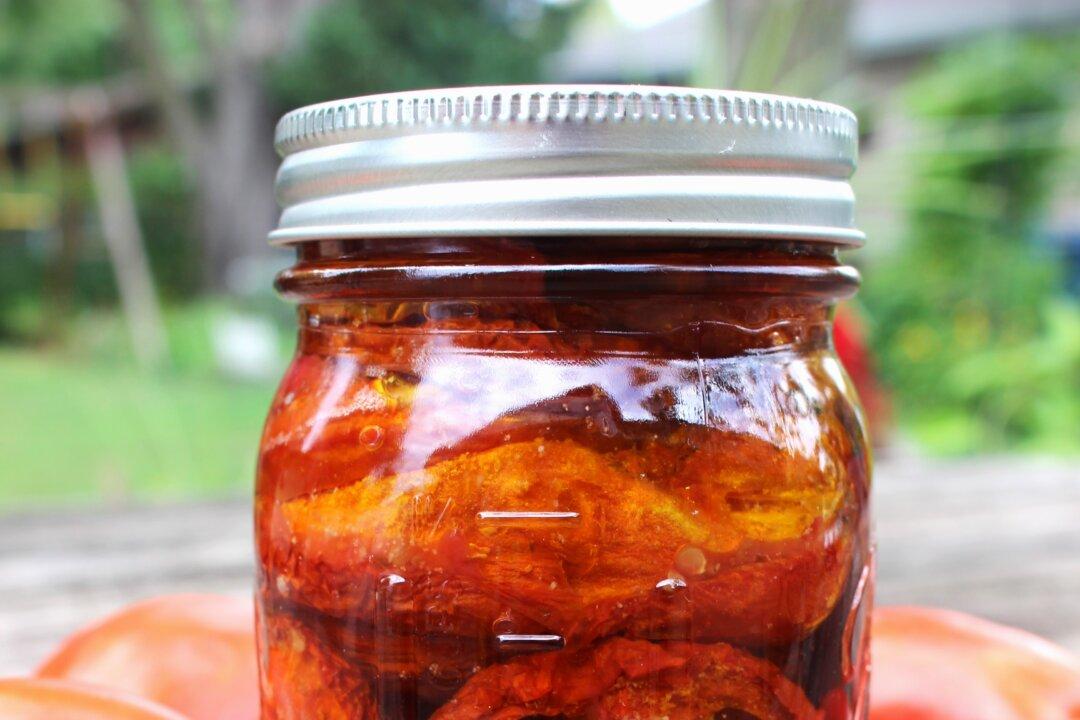Fresh salsa is delicious, but it can be leveled up by fermenting it to create another layer of flavor. The process of fermentation melds the ingredients together and gives the salsa an effervescence that otherwise wouldn’t exist.
I’ve been told by some people lacking fermentation experience that when they think about fermentation, they often think of it as leaving food out on the counter to rot. That’s actually the opposite of what’s happening. Although the food does partially break down when fermented, it’s becoming preserved.

